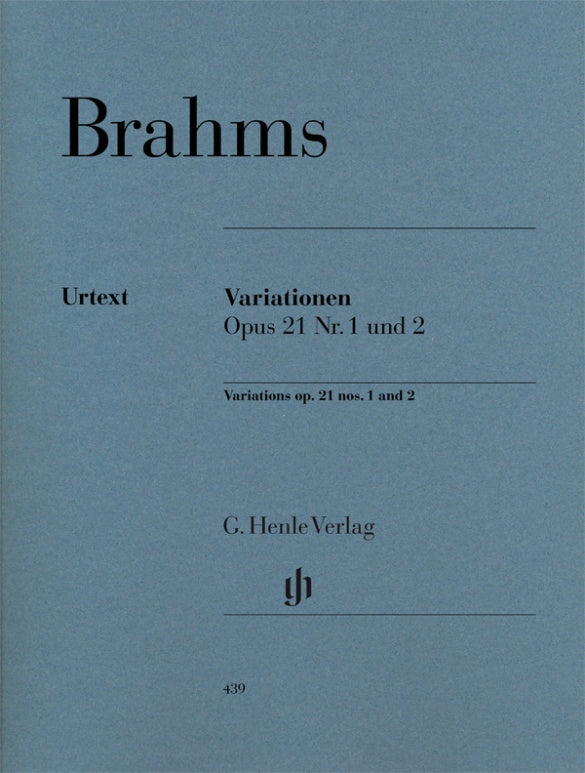Brahms began his career as a pianist. His contribution to the piano music of the 19th century is significant in two respects: following Schubert and Schumann he cultivated the small, lyrical form, while as Beethoven’s successor he admitted large forms such as the piano sonata and variation cycle. His two variation cycles op. 21, published in 1862, place great demands on the performer. In the first cycle, on a lyrical theme in D major, the technique of figurative and contrapuntal alterations is highly developed. The “Variations on a Hungarian Song” should be a refreshing challenge for the advanced pianist, owing to their metrical features and their virtuoso temperament. We were able to engage Canadian musicologist Margit L. McCorkle as the editor. Together with her husband she also compiled the “Thematic-Bibliographic Catalogue” of Brahms’s works.
Notice!!
If out of stock, it will be automatically backordered.

![JOHANNES BRAHMS Variations op. 21 no. 1 and no. 2 [HN439]](http://accmusicstore.com/cdn/shop/files/JOHANNESBRAHMSVariationsop.21no.1andno.2.jpg?v=1682555135&width=1445)